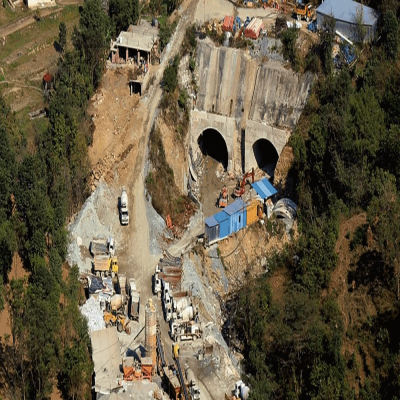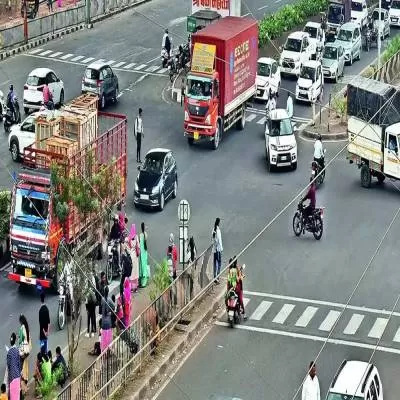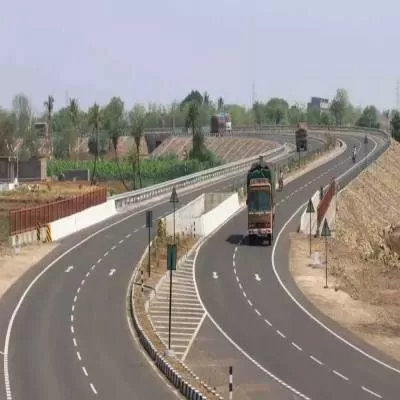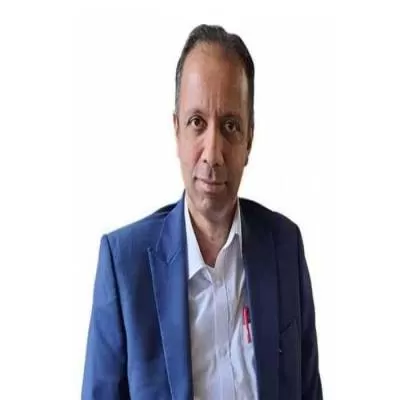- Home
- Infrastructure Transport
- ROADS & HIGHWAYS
- NHAI reforms lead to steep decline in high-risk highway projects

NHAI reforms lead to steep decline in high-risk highway projects
The proportion of under-construction, high-risk highway projects has reduced significantly from 53 per cent two years back to 21 per cent, following a slew of steps initiated by NHAI. These include significantly shorter timelines for right-of-way and approvals, loan support from NHAI for languishing projects, termination of stuck projects and their subsequent re-awarding, and affording a change in sponsor. <p></p> <p>Today, only 2,000 km of the 9,400 km of highway projects under construction awarded by the NHAI on a BOT basis are at high risk. In the operational BOT portfolio, too, approvals for change in sponsor and subsequent refinancing, along with traffic growth, have yielded results. 'About 80 per cent of the operational portfolio comprising nearly 100 BOT projects are at low risk today, in terms of debt servicing,' says <span style="font-weight: bold;">Sachin Gupta, Senior Director, CRISIL Ratings</span>. Apart from reduced risk, policy measures by NHAI have also resulted in doubling of highway construction from 12 km per day in fiscal 2015 to 23 km in fiscal 2017. The pace is expected to quicken to about 40 km per day in the near-term. The awarding of contracts, led by HAM and TOT models, is expected to sustain given the announcement and subsequent implementation of the Bharatmala project. TOT is a new mode of project award initiated by NHAI, and segregates construction and demand risks. However, as a concept, the model is yet to be tested. </p> <p>Operational road assets, especially annuity and HAM projects, will have steady cash flows over the concession period. Even toll projects exposed to traffic and tolling risk yield largely stable cash flows once they are operational. Such projects, with five to 15 years of concession periods, can potentially be refinanced with lower-cost, longer-tenure debt through issue of bonds and non-convertible debentures. <span style="font-weight: bold;">Sushmita Majumdar, Director, CRISIL Ratings, </span>says, 'With stronger sponsors, lower risk and reduced interest costs, CRISIL believes as much as Rs 70,000 crore of debt can be refinanced through bonds or bank loans in the medium term. Additionally, TOT projects could potentially securitise receivables worth ~Rs 40,000 crore, once awarded.</p> <p>In the past two years, Rs 10,000 crore of debt has already been refinanced through the corporate bond market, resulting in an annual interest cost savings of 100-300 basis points for developers.</p>
























